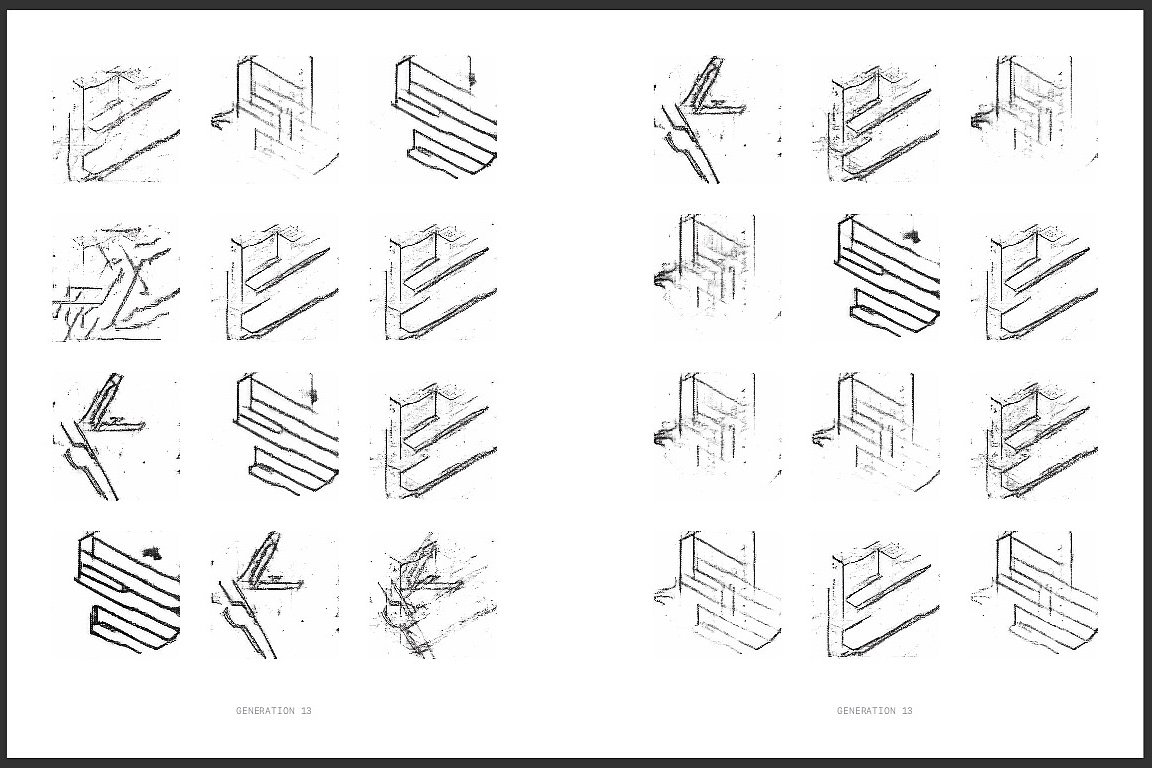In Search of an Impossible Object
Part of The Many Worlds Working Group

When people hear the term ‘impossible object’, they might immediately think of Jacques Carelman’s Catalogue d’Objet Introuvables (1969) that play with functional logic, exploring through many examples and innumerable permutations, highly poetic ways of negating a familiar object’s functionality, for example a ‘Coffeepot for Masochists’. Or the kind of optical and spatial illusions you find when you google ‘impossible object’, for example, the ‘Ambiguous Cylinder Illusion’ by Kokichi Sugihara. But neither of these is what we are thinking about here. They are too logical, too neat, too formal. They’re merely technical impossibilia, which for us are the least interesting of all impossibilities. Perhaps impossible might not be precise enough, or even the right term. Impossible sounds like something from engineering, it’s clear, logical, and not possible for technical reasons. But still… Let’s return to the most familiar form of impossible object — optical and spatial illusions. Surprisingly, there are a very limited number in existence. But many use similar grammatical structures. Could we use machine learning to add a new object to this catalogue of spatial impossibilia?
Working with research assistant Philipp Schmitt, we fed a generative adversarial network (GAN) a series of such images, and slowly, what looked to us like hesitant attempts to sketch what such an object might look like began to emerge, before collapsing into a dense, impenetrable series of marks. We collated the GAN’s efforts into a sketch book we called In ‘Search of an Impossible Object’. It can be viewed via the link at the bottom of this page. Each page shows a selection of attempts to visualise an impossible object. None succeed. But collectively, they suggest something lying just beyond what can be represented graphically. It’s as if a machine, for a moment, attempted to show to humans in a visual language we understand, what is permanently unknowable to us.